Similarity of Neural Architectures using Adversarial Attack Transferability Jaehui Hwang12Dongyoon Han3Byeongho Heo3Song Park3
SimilarityofNeuralArchitecturesusingAdversarialAttackTransferabilityJaehuiHwang1,2,†DongyoonHan3ByeonghoHeo3SongPark3SanghyukChun3,∗Jong-SeokLee1,2,∗1SchoolofIntegratedTechnology,YonseiUniversity2BK21GraduatePrograminIntelligentSemiconductorTechnology,YonseiUniversity3NAVERAILab†Worksdoneduringanint...
相关推荐
-
《发电厂电气部分》(第四版)07-配电装置VIP免费

 2024-12-10 42
2024-12-10 42 -
《发电厂电气部分》(第四版)04-04-限制短路电流的方法VIP免费
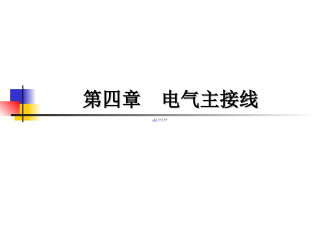
 2024-12-10 73
2024-12-10 73 -
《协议出让国有土地使用权规范》VIP免费

 2024-12-26 151
2024-12-26 151 -
《圣经研究-耶利米哀歌》VIP免费
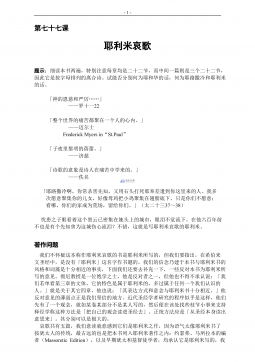
 2024-12-26 296
2024-12-26 296 -
《摩根-路加福音》VIP免费
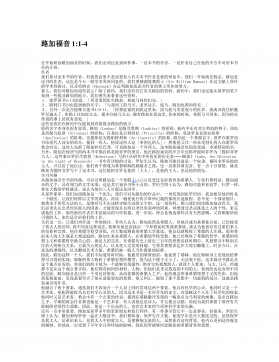
 2024-12-26 163
2024-12-26 163 -
《马太亨利圣经注释约翰福音注释》VIP免费
 2024-12-26 220
2024-12-26 220 -
高达—行政事业单位内部控制规范解读3.0(99页)VIP免费

 2025-08-09 178
2025-08-09 178 -
2024年度行政事业单位内部控制报告编报指标讲解VIP免费

 2025-08-09 41
2025-08-09 41 -
TBT3239-2010 铁路用微合金化钢魏氏组织金相检验图谱

 2025-08-18 2
2025-08-18 2 -
TBT3238-2010 动车组牵引电动机技术条件
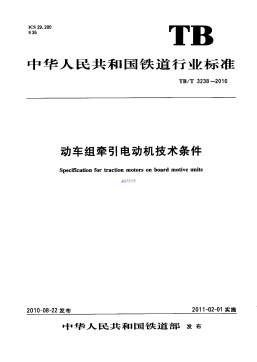
 2025-08-18 2
2025-08-18 2
作者详情
-
VP-STO Via-point-based Stochastic Trajectory Optimization for Reactive Robot Behavior Julius Jankowski12 Lara Bruderm uller3 Nick Hawes3and Sylvain Calinon1210 玖币0人下载

-
WA VEFIT AN ITERATIVE AND NON-AUTOREGRESSIVE NEURAL VOCODER BASED ON FIXED-POINT ITERATION Yuma Koizumi1 Kohei Yatabe2 Heiga Zen1 Michiel Bacchiani110 玖币0人下载

相关内容
-

TBT3242-2010 LED铁路信号机构通用技术条件
分类:
时间:2025-08-18
标签:无
格式:PDF
价格:10 玖币
-

TBT3241-2010 移动式焊轨车
分类:
时间:2025-08-18
标签:无
格式:PDF
价格:10 玖币
-
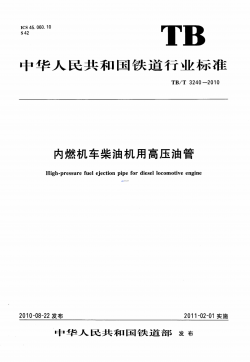
TBT3240-2010 内燃机车柴油机用高压油管
分类:
时间:2025-08-18
标签:无
格式:PDF
价格:10 玖币
-

TBT3239-2010 铁路用微合金化钢魏氏组织金相检验图谱
分类:
时间:2025-08-18
标签:无
格式:PDF
价格:10 玖币
-

TBT3238-2010 动车组牵引电动机技术条件
分类:
时间:2025-08-18
标签:无
格式:PDF
价格:10 玖币


 渝公网安备50010702506394
渝公网安备50010702506394
